Mindfulness Ideas
In times of stress and uncertainty, it’s vital that we take care of our mental health. Learning how to practise mindfulness is a great place to start, and we explore the full details of how to do so.

Selfpause Affirmation App
Download the app to get 1,000’s of affirmation meditations and everything you need to write, record and listen to your own.
Developing a practice of mindfulness can be challenging, but it can be done. There are a variety of resources available to suit different lifestyles and circumstances. Practicing mindfulness can make you feel calmer, at ease, and content. It will also make you more productive and successful in your daily life. You can begin your practice today!
Activities
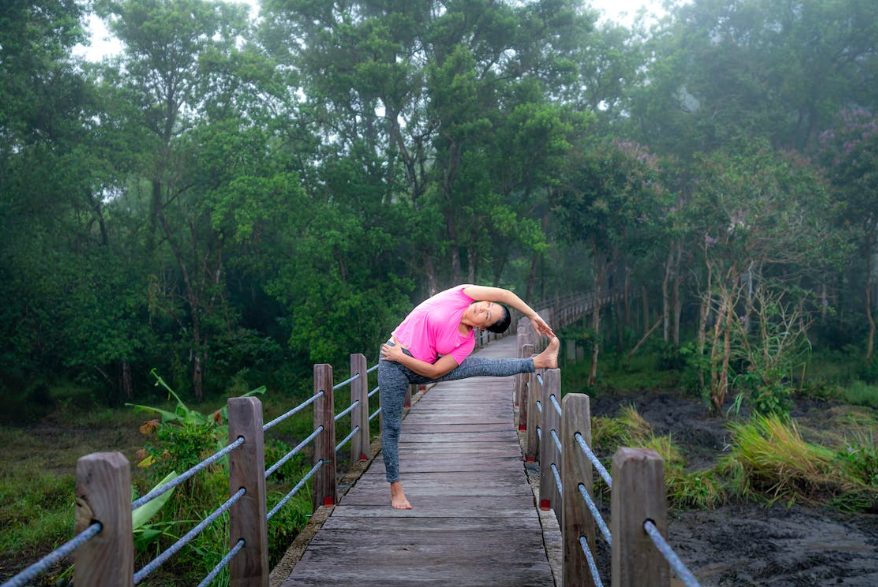
One of the best ways to teach mindfulness to children is through activities. Activities can help kids to focus, slow down, and notice the details around them. For example, students can create their own art. Children can use crayons, markers, and paint to create a variety of works of art. These activities are great for kids from three to eight years old, but they can also be fun for adults, too. Mindfulness is about the process, as well as the stillness.
Another activity for kids is candle gazing. This is an easy way to teach mindfulness to children. Participants sit in a circle and use all six senses. They focus on what they see, feel, and think. It’s a great way to focus on their physical environment, but it’s also useful for teaching kids to focus on themselves.
Another activity for group members is naming one of the six senses. Each person in the group must name one of them. This way, members can’t plan what they’ll say in advance and can focus on the present moment. In this way, they can notice things that they’d never notice otherwise.
In addition to helping people increase their capacity for mindfulness, increasing daily awareness can also improve one’s physical health. Being more attentive allows us to experience life as it happens, and it helps us cope with adverse situations more effectively. Practicing activities for mindfulness will help us feel better about our health. By being more aware, people can experience less stress, lower blood pressure, lower cholesterol, and even improve sleep and gastrointestinal problems.
Other activities for mindfulness include coloring and exercises. Practicing mindfulness with kids can help them become more mindful and calm in the midst of their hectic lives. By practicing mindfulness now, kids can develop life skills that will serve them well later in life.
Techniques
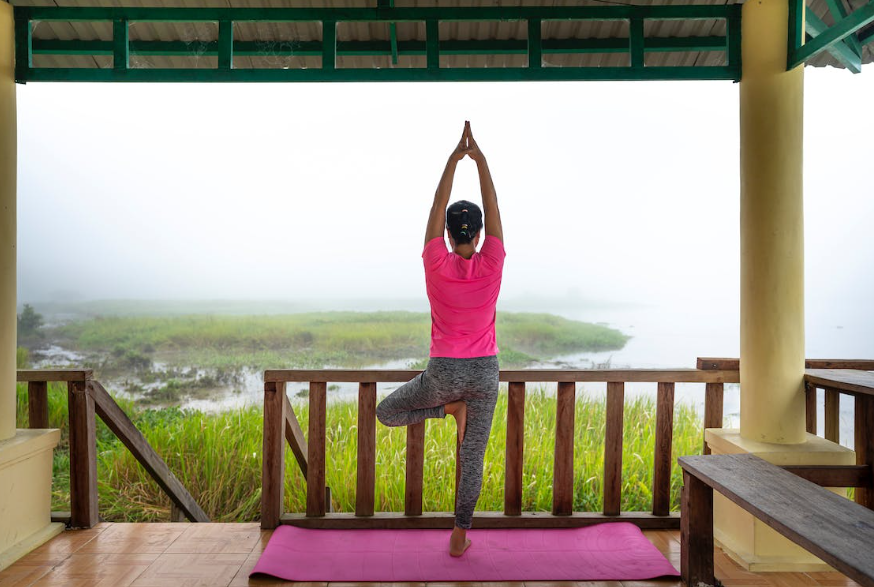
Techniques for mindfulness can help you calm and refocus your mind in a busy world. By focusing on the five senses, you can increase your awareness of the moment and the objects around you. You can practice these techniques anywhere, even in a busy day at work. This technique requires you to observe your five senses, including touch, taste, smell, and hearing.
The first step in using mindfulness techniques is to practice with compassion. When you’re struggling with a problem, it’s vital not to reject the experience. Instead, you can develop compassion and accept the pain as a part of the process. Mindfulness is a skill that requires you to become observant and to recognize the negative impact of the situation.
Although developing mindfulness skills is a time-consuming process, it is worth the effort. It benefits the mind and spirit and will improve your life. We all deserve a better life, and becoming more mindful can help us achieve these goals. By incorporating some mindfulness techniques into your daily routine, you can improve your life.
One of the most effective techniques for practicing mindfulness is practicing mindful breathing. By focusing on your breath and watching the flow of each breath, you can anchor yourself in the present moment. You can perform this breathing exercise in a seated or lying position. Beginners may find it more comfortable to lie flat. This helps them focus and maintain a higher level of concentration.
The benefits of using mindfulness techniques are many. When done daily, they can make life more enjoyable and less stressful. They can help you relax and focus, while improving your health and your performance at work. These techniques can also help young people pay attention in school and reduce their stress levels.
Activities for adults
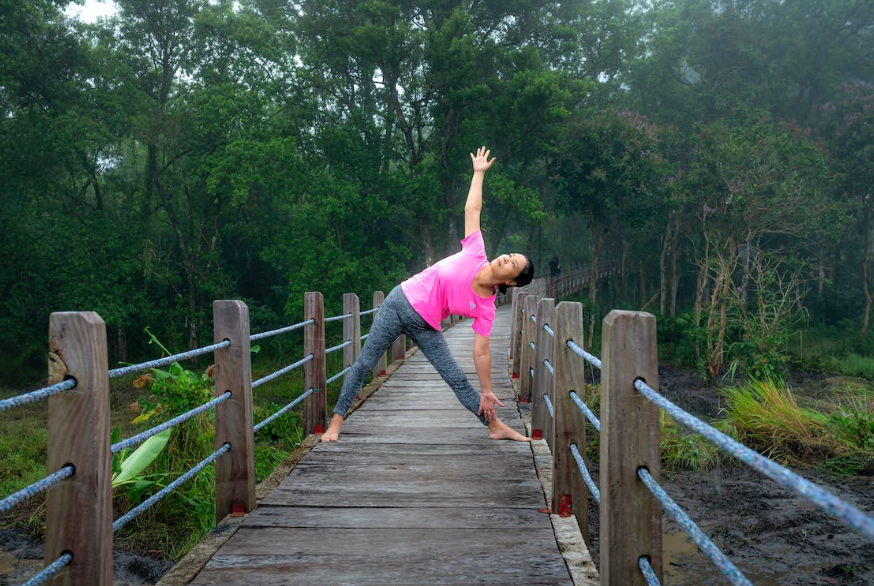
Mindfulness activities for adults are very common, and they are designed to help people learn how to slow down and be more present. Meditation is perhaps the most popular mindfulness activity for adults, but there are other exercises that anyone can do. For example, making a gratitude list is a simple activity that can improve your well-being and promote positivity.
Physical activities can also be used to practice mindfulness. By taking long, deep breaths, you can relax your nervous system and cultivate a sense of connection to your body and earth. Beginners can use the four-count method, which involves breathing in for four seconds and then out for four seconds. You can repeat this five times. This method is perfect for beginners, as it’s easy to do even for those with little experience.
Mindfulness can help improve relationships with friends and family members. A few minutes each day spent connecting with loved ones can nourish the bonds we share. Simply asking your partner or loved one to sit with you and talk can be enough to get you started. Make sure to explain that you’re trying to avoid distractions to focus on each other. You can also go out for a coffee date or spend time in nature together.
Another mindfulness activity for adults is coloring. Coloring is a great stress reliever and will help you focus on the present moment. You can purchase dope coloring pencils to play this activity. It’s best to spend at least 30 minutes to an hour doing this activity.
Activities for children
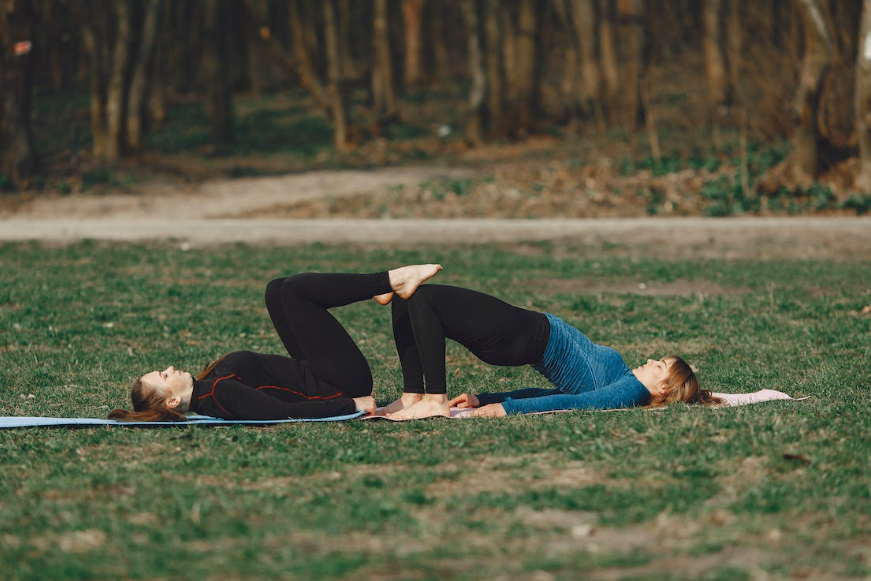
One of the most effective ways to teach children mindfulness is through activities. An activity such as drawing can help kids identify and express their feelings. Using coloured pencils, crayons, or paper, children can create pictures of the emotions they experience. This can also help them to learn how to regulate their own emotions.
Another way to teach children mindfulness is through playing games. One game is a blindfold taste test, where kids must identify what they taste. This activity is a fun game that can develop a child’s attention span. One way to make this activity more fun is to record two identical sound clips and add a subtle sound effect to one of them. Next, have the kids call out the differences in the two clips. For example, one clip may be a 10 second audio of children playing basketball, while the other features a windchime sound effect.
Another activity for kids to practice mindfulness involves blowing bubbles. This game requires kids to inhale deeply and then exhale slowly. They can also practice mindfulness breathing by watching the bubble as it forms. In addition to promoting mindfulness, this activity is a great way to reduce the amount of stress that kids experience. It will help kids deal with stressful situations more effectively.
Other activities for children to practice mindfulness include playing with animals. They can observe how pets react to their touch, and this will help them to stay in the present moment. They can also play with balloons and try to keep them in the air. If they fall, they have to watch them carefully to avoid touching the ground. This will help them focus their attention completely on the object. Similarly, they can also watch bubbles as they float away.
Activities for older students
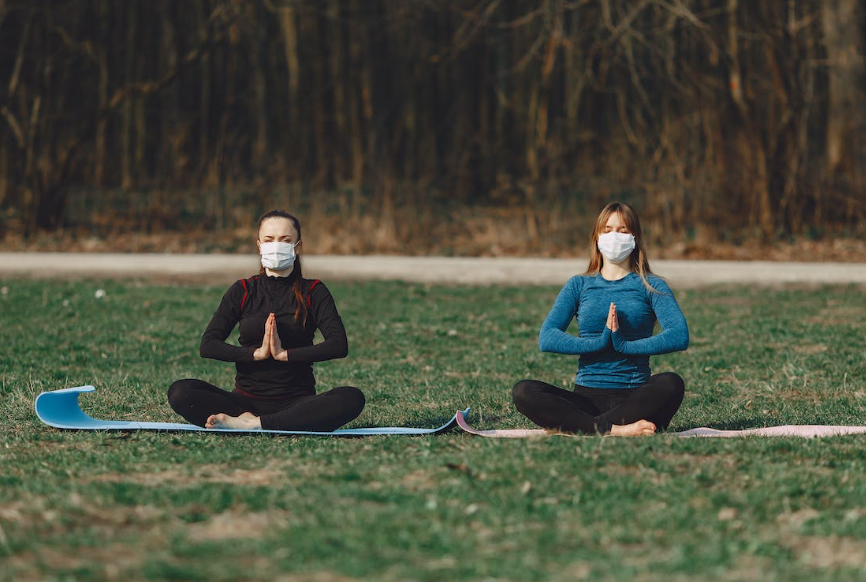
Students can learn about mindfulness by engaging in an activity that allows them to observe the sensations of different objects, such as taste, smell, and sound. Students can also take a breath-drawing activity where they consciously observe their breathing. The result is a mindful experience that helps students relax and focus on their thoughts. Mindfulness exercises can also help students recall information.
One great activity for older students that promotes mindfulness is a bell activity. Students are given a bell at the beginning of class and are notified when everyone in the class needs to take a break. After the bell rings, the class takes a brief break and does a mindful activity.
Another good mindfulness activity is reading aloud. It can be a poem or a book you’ve memorized. Set aside a time in your schedule to read, and take your time. Try savoring every word. Whether you’re reading a book or memorizing a poem, it will help students practice mindfulness.
Another good mindfulness activity is walking meditation. Students should be aware of their whole body while walking. The activity can be done indoors or outdoors, and it can take as little or as much time as the students want. To begin, students should take a slow breath and then lift one foot. Students should focus on the muscles in their leading foot and their lagging foot.
Another mindfulness exercise for kids is focusing on their heartbeat. By focusing on their heartbeat, students can imagine it pumping blood and carrying oxygen through their body. They can also try focusing on the sound of their breath.
Our Top FAQ's
Mindfulness is the practice of bringing your attention to the present moment, without judgment. It involves focusing on your thoughts, feelings, and sensations in a non-reactive way. Mindfulness can help improve mental and physical health, increase emotional regulation and resilience, and reduce stress and anxiety.
There are many techniques and exercises that can help you practice mindfulness, including:
- Meditation: This involves focusing on your breath, a mantra, or an object for a period of time, usually in a seated or lying down position.
- Body scan: This involves lying down and bringing your attention to each part of your body, starting at the top of your head and moving down to your toes.
- Walking meditation: This involves focusing on your breath and the sensations in your body as you walk.
- Loving-kindness meditation: This involves silently repeating phrases of love and compassion to yourself and others.
There are many ways to incorporate mindfulness into your daily routine, such as:
- Setting aside time each day to practice mindfulness techniques, such as meditation or yoga.
- Bringing mindfulness to everyday activities, such as eating, showering, or commuting.
- Using mindfulness as a way to cope with stress or difficult emotions, by taking a few deep breaths or using a mantra.
Some common challenges people face when trying to practice mindfulness include:
- Difficulty focusing or staying present: This can be overcome by starting with short mindfulness sessions and gradually increasing the length as you become more comfortable. It can also be helpful to choose a technique that works best for you and to be patient with yourself.
- Feeling uncomfortable emotions: Mindfulness can involve acknowledging and sitting with difficult emotions, which can be challenging. It can be helpful to remember that these emotions are temporary and to approach them with kindness and compassion.
- Not having enough time: It’s important to remember that you don’t need a lot of time to practice mindfulness. Even a few minutes a day can be beneficial.
Here are a few tips to help you stay motivated and consistent with your mindfulness practice:
- Set specific goals and track your progress.
- Find a accountability partner or join a mindfulness group.
- Choose activities that you enjoy, such as yoga or nature walks.
- Remember that mindfulness is a skill that takes time and practice to develop. Be patient with yourself and don’t get discouraged if you have a hard time at first.
